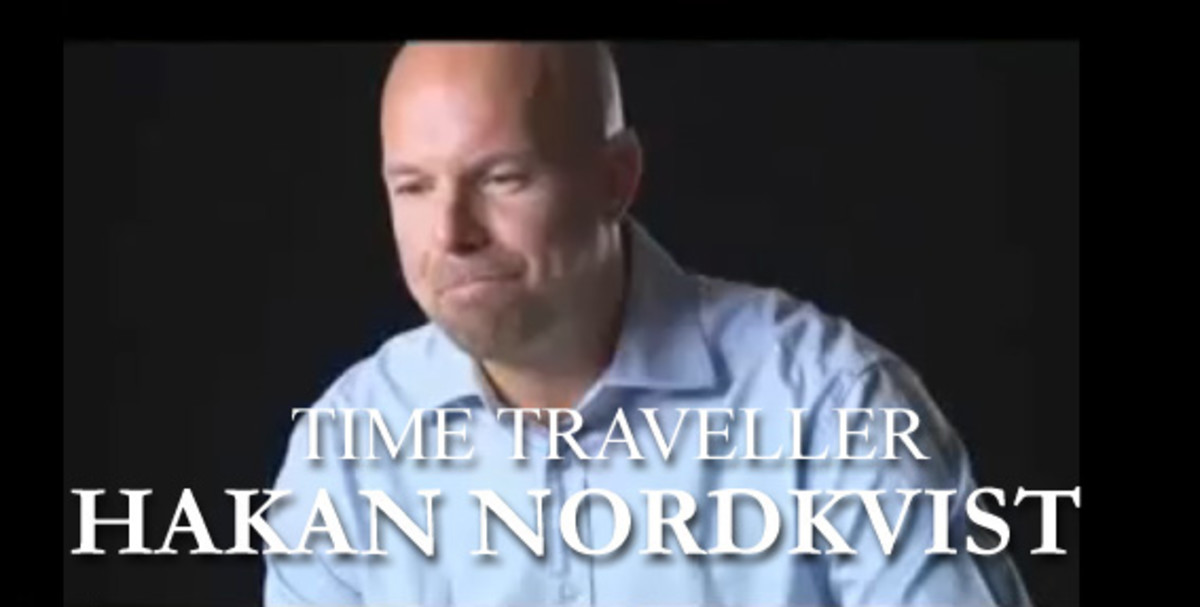How to use Showing and Telling in Your Writing
Knowing When to Show or Tell is Important

How to Show and Tell in Your Writing
I am going to tell you how to effectively use showing and telling within your writing. In the literary world we have all heard those elusive terms being banded about, now lets see exactly what they mean.
Basically, it is just two different literary techniques to convey information to your reader. When you show in your writing it is much more dramatic, provides a lot more details and is good to use at key points in your story. When you tell it is less concerned with the scene details and is much more concise and to the point.
To write well you will need to use a mix of both of these techniques within your work. The crucial thing to master is knowing when to use each one. Read on for a more detailed explanation of how to use them and also and for some examples of them both in action.
Two Very Different Ways to Move Your Story Forward

Examples When you Have Shown
- 'She ripped the crushed envelope from his hand as hot tears stung her burning cheeks.'
- 'He shook his head and tried to speak but the words wouldn't come out. He felt a tightening in his throat as he looked at the boy.'
- 'She jerked awake as her head slipped from the headrest. Her eyes began to close again softly as the train rolled on, making it's sing song noise.'
Showing in Your Writing
Remember your reader is so much more than a mere passenger. Every word you write is ingested and dissected as your reader begins to bond and then become involved with your characters. Your reader wants to be able to think and to become an active participant in your story. They want to feel, see and hear the scene, and they thrive on the excitement of questioning why things are happening the way they are.
To involves involves making the scene stand out by using descriptive language and actually providing a visual image of a character's actions, which demonstrates their mood rather than just stating it.
'Ben was angry.' is telling and states Ben's emotions. However, describing Ben's physical reaction draws the reader in and makes the scene come alive, 'Ben punched the door again and again in sharp jolts, whilst blood ran his arm.'
Make it real and bring it alive.
Disadvantages of This Method
- It is a common mistake to over-dramatise parts of the story which aren't important to the plot.
- It isn't the best way to jump from one time period to another due to the very nature of it's scene embellishment.
- Sometimes emotions need to be portrayed as very raw and very brutal without flourish or dramatisation, or the shocking effect will be lost.
Advantages of This Method
- It provides lots of details which create very vivid imagery and that in turn engages the reader's senses and takes them into your scene.
- With the additional details it allows key story points to stand out from the text and highlights their importance.
- The reader becomes involved in the story. What brought your character to this point? Why are the feeling the way they do? What happened in the character's past? The reader becomes an active participant and has many questions.
Shine a Light on Those All Important Key Scenes

Examples of When you Have Told
'She was livid when she took the letter.'
'He was shocked his son was a common thief.'
'The train's movement woke her up.'
Telling in Your Writing
To tell means to summarise and state what is happening in your story. When there are points in the story where you need to provide details but the actual scene is not a crucial one to the plot line, telling can be ideal.
When you tell it states the obvious and informs the reader of the information without using descriptive language to create a full visual image. It can be used very effectively to convey the movement from one time period to another within writing.
With a little skill and when it is cleverly written, telling does have the capacity to raise one or two questions for the reader. If you are careful in your choice of the limited information you provide the reader with, then you can leave them keen to keep reading and find out why something has happened.
Disadvantages of This Method
- The reader can feel cheated when they are told 'Janice was really angry at Tim.' This is a flat scene, no image of how Janice looked or felt is given.
- If the information given to reader is too limited they won't be forming questions or wondering about the characters. In essence they won't be involved.
- You need to be aware which parts of the story are important and you need to make sure you that you don't leave key scenes to be relayed by telling.
Advantages of This Method
- Telling enables you to give essential information but still keeps that information dealt with in a way which makes it distinguishable from the key scenes in the story.
- It provides a good means to switch smoothly from one time period to another.
- Sometimes if you give a carefully chosen piece of information within telling, you can leave your reader really questioning what has happened in a character's past, that is making them act in a certain way now.
Choose Your Words Carefully

The Clear Conclusion
In essence they are two very different literary tools. When you show you use descriptive language, full details and you breathes life into those all important scenes within your writing. When you tell on the other hand, it avoids elaborate description, sticks to the point and is really useful for passing from one time to another, without having to detail ten years worth of history.
The two methods are not exclusive and can only work when fused together within your story. Remember to highlight the important areas by actually showing the actions and emotions of your characters and at the same time, keep those non crucial times detailed as basic and non embellished.
Mix both techniques within your writing and you will find that perfect balance where your reader can walk in your fictional world whilst still being privy with all the information they need.
Mix Both Techniques to Build a Complete Story

Did you use More Showing or Telling?
Do you favour dramatic showing or summarised telling in your own writing?
Determine Where you Need to Embellish the Scene

Do you Know Your Showing and Telling?
view quiz statisticsCentral Story Points Should be Shown

© 2014 Anna Haven







